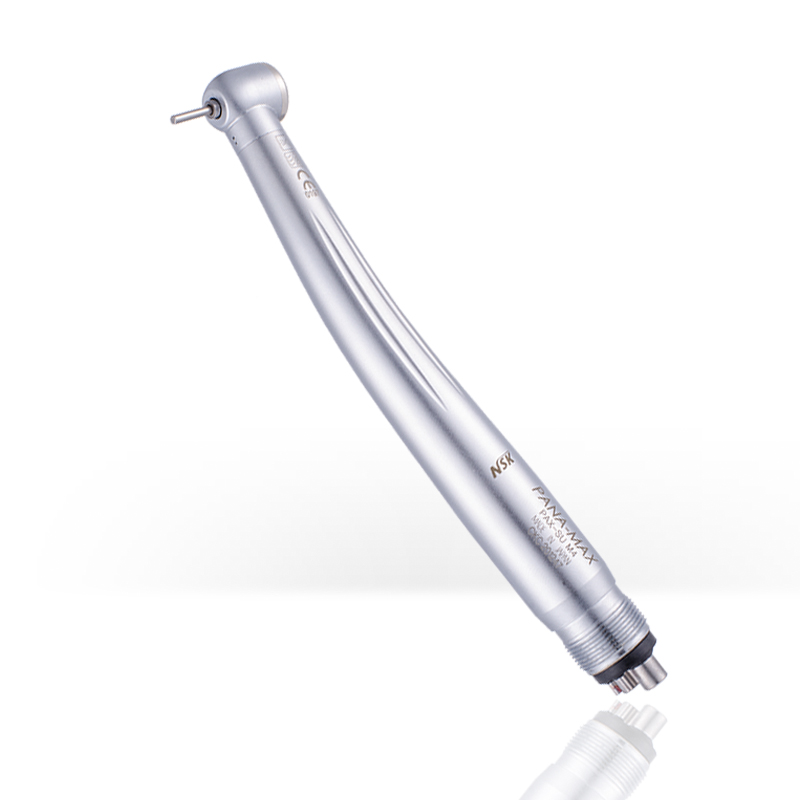
Clinical Significance of Periodontal Pocket Measurement
Most people do not know that there is such a gap between teeth and gums.
The first step in the diagnosis of periodontal disease is the measurement of periodontal pockets, in addition to full-mouth x-ray exposure. Professional stomatologists use a probing tool, the so-called periodontal probe, to put it into the gap between the teeth and the gums to measure the depth.
When the gums are healthy, the depth of the gap is 1-3mm. At this time, the gap is not called the periodontal pocket but the gingival groove. The dentist will record the depth of the healthy gingival groove.
When brushing your teeth, if you don’t use the angle of the toothbrush or different cleaning tools to clean this gap, this place will be easy to hide dirt and dirt, and all lesions will start from here. In fact, the so-called healthy gingival sulcus depth, 1-3mm, is because it can be cleaned by the angle of the toothbrush or different tooth cleaning tools. Of course, everything can be kept clean and free from diseases. The depth of 4mm is a bit reluctant. When it is larger than 5mm, it is almost impossible to clean it.
At the beginning, the gums will be red and swollen. At this time, the bones under the gums have not been damaged, which is called gingivitis. About 99% of people have more or less gingivitis in their mouths, because few people can do perfect cleaning. If you can strengthen your teeth during the period of gingivitis, usually after three or five days, the condition will be improved, and the swollen gums will slowly return to a healthy color and texture.
But if plaque is allowed to accumulate in the gingival sulcus, it will combine with the minerals in the saliva and slowly harden into calculus. At this time, you can’t remove the calculus by brushing your teeth. Dental calculus is a hardened substance filled with bacteria. In addition to the toxins it continues to cause inflammation of the gums, it also causes the bones under the gums to be eroded.
At this time, the depth detected by the periodontal probe is usually more than 5mm, and it is no longer called the gingival sulcus but the periodontal pocket. Stomatologists will be particularly distinguished when recording periodontal pockets, usually filled with red letters. To distinguish it from healthy gum grooves. When the bones under the gums are also damaged, it is called periodontal disease.
As dental stones continue to form and accumulate, the alveolar bone will also be continuously eroded. Alveolar bone is an important force to support teeth; when it breaks to a certain amount, the teeth will start to shake.
So when the stomatologist makes a full-mouth bag measurement for you and see if it is all red, you can probably know the severity of your periodontal disease. Periodontal disease treatment, whether it is non-surgical or surgical treatment, the main purpose is to reduce the depth of the periodontal pocket to less than 5mm, the depth that ordinary people can clean, so as not to deteriorate into more serious dental sick.
View more dental handpieces at www.dentalinbox.com.





